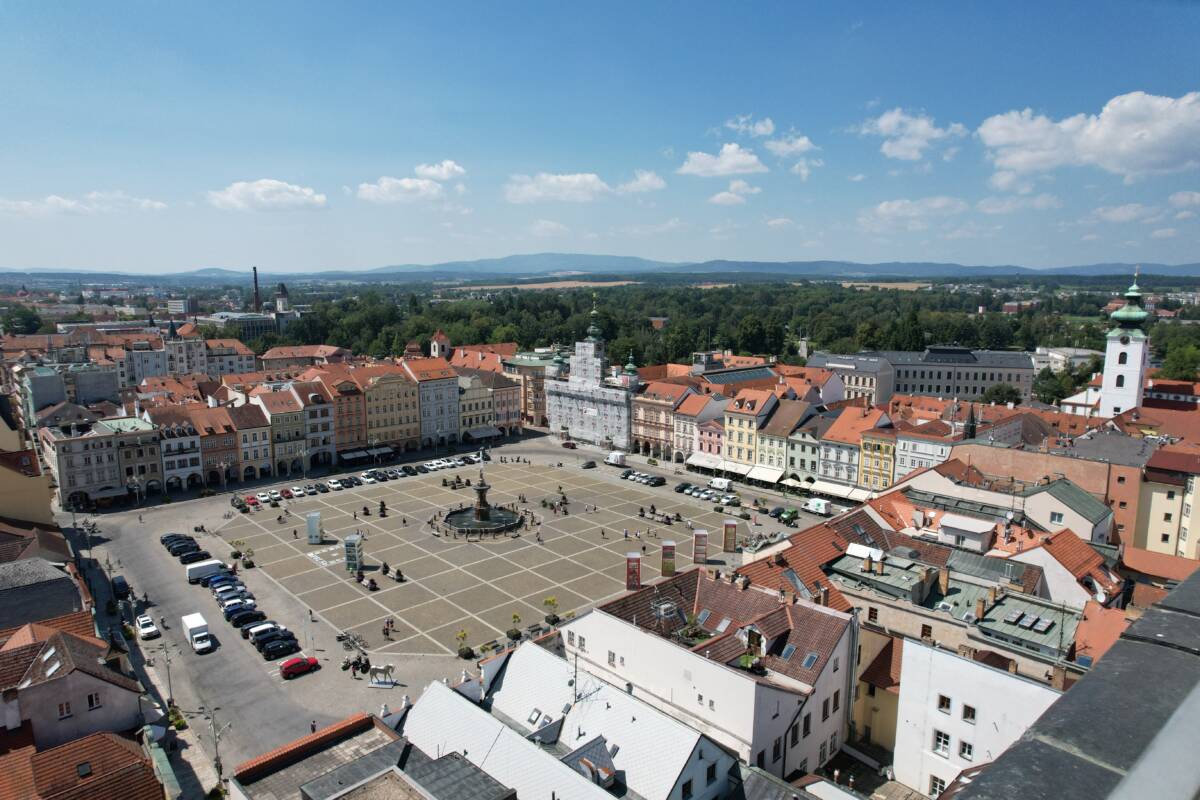
A team of European scientists have demonstrated how potentially threatening behaviour in large crowds can be automatically detected and alerted to CCTV operators.
The results of a four-year €3.5 project called ADABTS, or Automatic Detection of Abnormal Behaviour and Threats in crowded Spaces, were demonstrated at the home of ADO Den Haag football club, the Kyocera Stadium, to a total of 62 participants.
The project was jointly-funded by the European Commission and international partners included FOI, BAE Systems, Detec, the UK Home Office’s Centre for Applied Science and Technology, the Belgian Ministry of the Interior’s Institute of Psychology, the University of Amsterdam and TNO.
ADABTS set out to address a cross-Europe need for increased security against deliberate threats. This was to be achieved by advancing the capability for automatic detection of potentially threatening behaviour, by crowds or individuals. However it had to be done in a way that respects people’s privacy and civil liberties.
The project’s main ambition was to aid the protection of people, property and infrastructure against the threats of terrorism, crime and riots. The proposed system focuses on early detection and alerting potential threats to CCTV operators. This is achieved by developing methods for an automated system to distinguish and identify ‘interesting’ imagery and alert operators.
Stig Norman Olsen, ADABTS Exploitation Manager, claims surveillance operators face the challenge of watching hundreds of cameras and are naturally only able to view one or a few at a time. This means it is “highly likely” that incidents are either missed or noticed too late.
He said: “The major benefit of the proposed system is the capability to help CCTV operators and other security staff to become aware of potentially threatening behaviours by early automatic detection and alerting.”
 ADABTS demonstrated how, through the extension of video analysis and use of both video and audio tracking sensors, the situational awareness of a human operator can be improved.
ADABTS demonstrated how, through the extension of video analysis and use of both video and audio tracking sensors, the situational awareness of a human operator can be improved.
Technologies implemented include more accurate 3D analysis and monitoring information of body orientation and movement tracking to determine unwanted behaviour. The system also analyses mobility and kinetic energy – which can be interpreted as fights – and sound source localisation to classify incidents such as gunshot, breaking glass or shouting.
Olsen told SecurityNewsDesk the team successfully demonstrated all the functionality and technology they aimed for, most in real time and “all within the framework of the proposed user interface of the software”. He claims the demonstration of fight detection and sound source localisation particularly impressed participants.
The project’s commercial partners BAE Systems and Detec have already made plans for large parts of the proposed system. BAE Systems will implement aspects into its forthcoming pTrack product and Detec, which developed the master software for ADABTS functionalities, will use this technology as the basis for its next generation of video surveillance software.
Olsen said: “Our hope for the future is that the technology developed will set a new standard for commercially available video detection systems, and that audio-sensors can more actively be applied in certain contexts to drive down costs.
“We hope that we have touched research fields that will be further investigated by industrial and scientific stakeholders alike. Some players intend to make use of some principles in new applications other than crowded spaces, and we hope to see a number of applications commercialised within the next few years.”

Looking ahead, Olsen added the research team would like to see more behaviour and scenario models devised for different kinds of applications. This is with view to the technology involved, and different sets of functionalities, being used for different situations.
“More research is needed on carving out objects in 3D even more accurately and faster, allowing for even more accurate body orientation estimation and object tracking in real-time,” he stated.
“We expect the research community to focus more on crowded and busy scenes, using a variety of different new algorithms and functionalities as building blocks.
“We expect other types of sensor outputs to be combined with video and audio analysis in different kinds of contexts in the future. We also expect algorithms and functionalities to be exploited outside the security industry. “
Links
ADABTS











